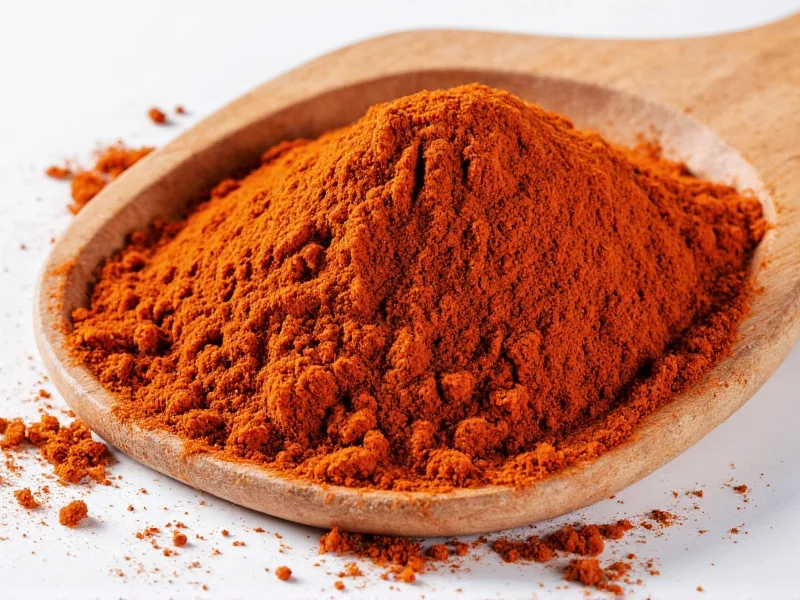Understanding mace spice substitution is essential for home cooks and professional chefs alike. Mace, the delicate outer coating of nutmeg seeds, offers a complex flavor profile—warm, slightly sweet, with citrus and pepper notes—that's difficult to replicate exactly. When your recipe calls for mace but your spice rack is empty, knowing the right substitute prevents recipe failure and maintains dish integrity.
What Makes Mace Unique
Mace (Myristica fragrans) comes from the same plant as nutmeg but has a more subtle, floral character with higher concentrations of myristicin. Its distinctive flavor enhances both sweet and savory dishes without overwhelming other ingredients. Unlike nutmeg, mace maintains its potency longer when exposed to heat, making it valuable in slow-cooked recipes. When seeking mace spice alternatives, consider both flavor chemistry and thermal stability for optimal results.
Top Mace Substitute Options Compared
| Substitute | Flavor Profile | Substitution Ratio | Best Applications | Limitations |
|---|---|---|---|---|
| Nutmeg | Stronger, earthier, less citrus | ⅞ tsp per 1 tsp mace | Béchamel, custards, mashed potatoes | Can become bitter if overused |
| Allspice | Peppery, clove-like, less floral | ¾ tsp per 1 tsp mace | Meat rubs, stews, jerk seasoning | Too dominant in delicate sauces |
| Cinnamon-Nutmeg-Clove Blend | Balanced warm spices | ½ tsp cinnamon + ¼ tsp nutmeg + ⅛ tsp clove | Pumpkin pie, mulled wine, baked goods | Requires precise measurement |
| Garam Masala | Complex Indian spice blend | ⅔ tsp per 1 tsp mace | Curries, rice dishes, lentil soups | Alters authentic dish profiles |
When to Choose Nutmeg as Your Primary Substitute
Nutmeg remains the closest mace spice substitute due to their botanical relationship. For mace substitute in béchamel sauce, use freshly grated nutmeg at a 7:8 ratio to prevent bitterness. In custard-based desserts, reduce nutmeg by 15% compared to mace measurements since nutmeg's oils intensify when heated. Professional pastry chefs recommend blooming nutmeg in warm milk for 10 minutes before incorporating into recipes to mellow its sharper notes.
Specialized Substitutions by Cuisine
For German sauerbraten: Combine equal parts allspice and juniper berries (⅜ tsp each per 1 tsp mace) to replicate mace's peppery-citrus notes without overpowering the marinated beef.
In Indian biryani: Garam masala provides the most authentic alternative, but adjust other spices accordingly—reduce cardamom by 25% when substituting to prevent flavor imbalance.
For pumpkin pie spice substitute for mace: Use 1½ tsp pumpkin pie spice per 1 tsp mace, but omit additional cinnamon in the recipe to avoid sweetness overload.
Avoiding Common Substitution Mistakes
Many home cooks make critical errors when replacing mace. Never use pre-ground nutmeg as a direct 1:1 substitute—its potency degrades significantly, requiring 25% more than fresh. When substituting in mace spice alternative for chicken dishes, avoid clove-heavy blends which can create medicinal flavors. For delicate fish preparations, use only half the recommended substitution amount and add incrementally.
Storage matters too: Keep your mace alternatives in airtight containers away from light. Nutmeg retains quality for 12 months, while allspice stays potent for 18 months. Always check substitutes for freshness by rubbing between fingers—if aroma is weak, replace before using in critical recipes.
Professional Chef Recommendations
Top culinary experts suggest creating a mace flavor profile kit with three options: a basic nutmeg substitute for everyday use, an allspice-cinnamon blend for robust dishes, and a custom mix of 4 parts nutmeg, 2 parts white pepper, and 1 part dried orange zest for special occasions. This approach addresses the best mace substitute for specific recipes rather than relying on one universal replacement.











 浙公网安备
33010002000092号
浙公网安备
33010002000092号 浙B2-20120091-4
浙B2-20120091-4